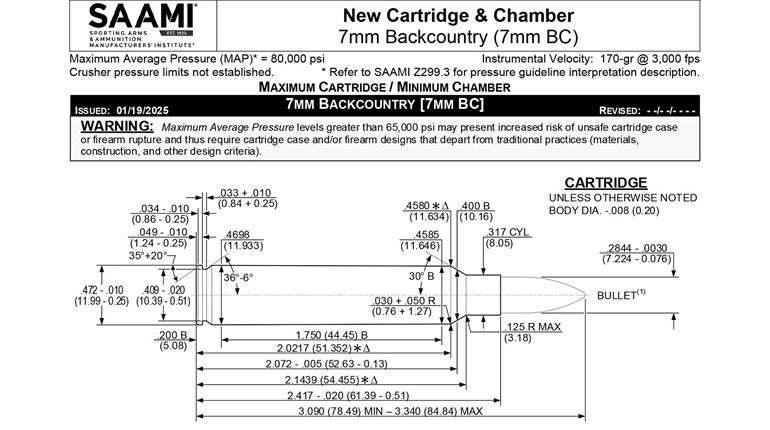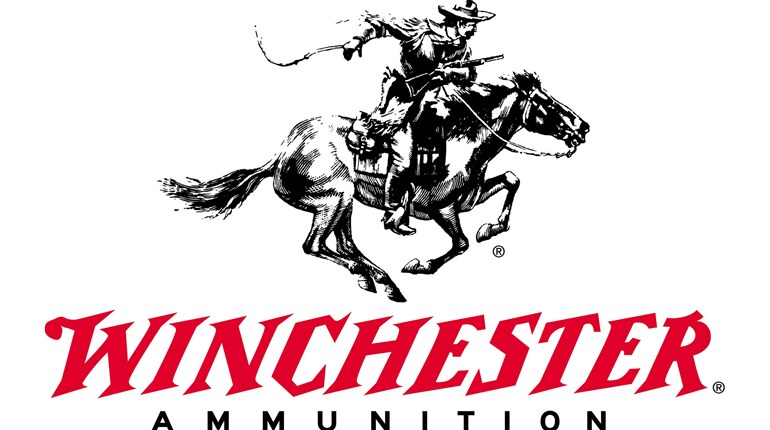
If you want to fire up the team in deer camp this fall, start a discussion about religion, politics—or deer cartridges. In all three, everyone has an opinion, and none of them are wrong.
For the sake of discussion, assume you are just starting out and need to select that first deer rifle. The first question you have to ask is, what caliber should it be chambered in? Before we can answer that question, it must be determined what it is you expect that cartridge to do for you.
Naturally, the key when making your final choice will revolve around where you live and hunt most. Those who hunt mostly in thick forested areas have different needs from those who hunt the wide open spaces of the West. Before we move into a discussion of which cartridge is the very best all-around choice, let’s talk about unrealistic expectations and debunk a couple of old wive’s tales.
When I was growing up we all heard a lot about “brush busters,” those cartridges and bullets that had a reputation of being able to fly though thick brush and still reach the target and get the job done. “Brush-buster” cartridges were generally large-caliber, short-range rounds like the .30-30 Win., .358 Win., and .444 Marlin. In truth, there is no such thing as a deer bullet that will “bust brush.” If you hit twigs and limbs and the like, any bullet will veer off course and/or deform badly.
On the other end of the spectrum are the guys who have a bad case of “Magnumitis,” that dreaded disease that makes them believe that unless they are shooting a magnum cartridge that pushes the bullet at the speed of light, they will never be able to either hit a deer that might be out there a little ways or have enough power to knock it off its feet. In truth, deer are relatively soft animals, not all that hard to kill cleanly with cartridges of average power. Also, unless you are hunting in a specialized situation—out West, on a huge southern bean field, along a Texas sendero and so on—odds are extremely high that you will not shoot a deer more than two football fields away, making the need for magnum speed unnecessary.
In an effort to simplify what can be a rather complex question, here are the four things your deer hunting cartridge must offer you, in order of importance:
*Adequate Power: At first blush this may seem a moot point, but in reality if, when the bullet reaches the animal, it does not have enough power to cleanly kill the deer, it shouldn’t be in the field with you. For many years the accepted minimum kinetic energy, measured in ft./lbs., deemed acceptable for hunting deer-sized game has been 1,000 ft/lbs. at the target. Fortunately for America’s deer hunters, the list of commercially available cartridges that meet this challenge at reasonable ranges is long. Another factor here is bullet construction. Today, you can choose between a wide array of “premium” bullets featuring things like polycarbonate tips, bonded0core construction or homogenous construction like today’s solid copper bullets. Many old timers, like the Remington Core-Lokt, have been improved tremendously—this one is now called the Core-Lokt Ultra. When it comes to deer bullets, hunters have never had it so good.
*Accuracy: All that power does you no good if you cannot place the bullet precisely where you want it. Admittedly, the accuracy equation is influenced as much, if not more, by the rifle as it is by the cartridge, but there are rifle cartridges that have proven over time to be inherently more accurate than others.
*Felt Recoil: Recoil can influence how well one shoots a particular cartridge. Let’s face it, if a cartridge kicks like a mule, the odds are there will be a bit of flinching involved—never a good thing. And with deer cartridges, there really is no need to shoot a cannon that hits equally as hard on the back end as it does on the front end.
*Availability and Cost: Most deer hunters only hit the woods a few days each year, and spend very little time on the range. Thus, they are best served by a cartridge they can find every time they head down to the local Wal-Mart, that’s loaded with the bullet they prefer, at a reasonable cost. This is also true for those of us who travel a lot to hunt and who have experienced the joys of airlines losing the duffel that contains our ammunition.
The list of cartridges that meets all the above criteria is as long as your leg. For the sake of discussion, the seven top-selling deer hunting cartridges in America (listed smallest to largest) are, .243, .270, 7 mm Rem. Mag., .30-30, .308, .30-06, and .300 Win. Mag.
Personally, I have used a pretty wide array of cartridges on deer. The smallest being the .223, in Texas. When hunting Kodiak Island in Alaska for Sitka blacktail, I often carried a .375 H&H Mag., as much for brown bear protection as a deer rifle. Admittedly, both of those cartridges are on the fringes of what most hunters would consider the best choice for deer hunting.
In the next edition AHI will reveal Robb's final decision on what cartridge he thinks is America's best deer slayer.
For now, what’s your favorite deer hunting cartridge?




































